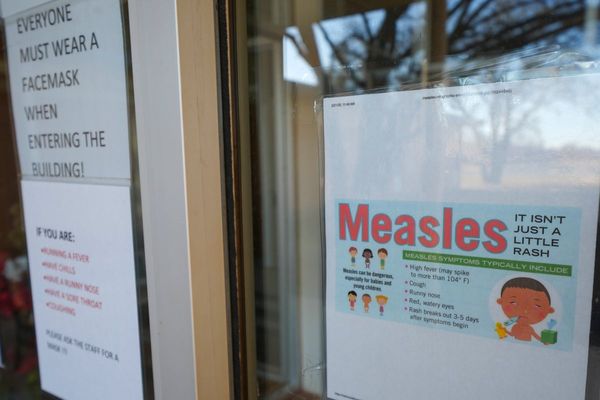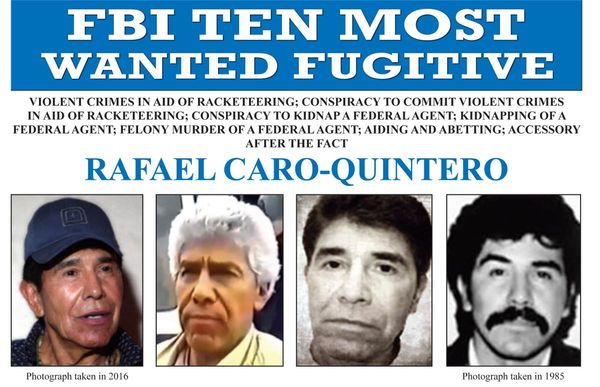
Donald Trump, inaugurated for a second term as the 47th president of the U.S. on Monday, signed a flurry of executive orders that affect many sectors, including the travel industry.
Even before he began his second term, Trump had said he planned to rename North America's tallest mountain, Denali, back to Mount McKinley.
Related: Treasured South American destination gets raised travel advisory
The 20,000-foot Alaskan peak had been designated Mount McKinley in 1897, for the country's 25th president. Denali is the Native American name used before European colonists arrived to the area. In 2015, then-President Barack Obama officially renamed it Denali amid multiple campaigns, dating back to the 1970s, from Alaskan natives.
Don't miss the move: Subscribe to TheStreet's free daily newsletter
Gulf of Mexico becomes Gulf of America
In an executive order presented as "restoring names that honor American greatness," Trump said he would change the peak's name back to Mount McKinley as well as rename the 617,800-square-mile Gulf of Mexico as Gulf of America.
"The Gulf will continue to play a pivotal role in shaping America's future and the global economy, and in recognition of this flourishing economic resource and its critical importance to our Nation's economy and its people, I am directing that it officially be renamed the Gulf of America," the executive order, signed and published in the late hours of Jan. 20, reads.
Related: What another Trump term could mean for the U.S. and OPEC
While the Denali-Mount McKinley change can be instituted by executive order, the Gulf of Mexico is a shared body of water bordering Mexico, the U.S. and Cuba. The naming is not governed by any international protocol, so a renaming would apply only within the U.S. Other countries would be free to continue referring to it as the Gulf of Mexico, a name dating to the 1670s.
Such a change also could cause a rift between Mexico and the U.S., just as Japan and South Korea dispute the name Sea of Japan. Iran refers to the body of water separating it from Saudi Arabia as the Persian Gulf while the latter calls it the Arabian Gulf.
Mexico is not on board with Trump's plans to change the gulf's name
On Jan. 8 Mexican President Claudia Sheinbaum sarcastically responded to Trump's intent to change the Gulf by saying that the U.S. should be called "América Mexicana" or "Mexican America."
More on travel:
- Government issues new travel advisory on popular beach destination
- This national park sees the most winter dangers
- Another country just issued a new visa requirement for visitors
Cuba also borders the Gulf of Mexico. And with regard to the Caribbean island country, Trump issued an executive order reversing former President Joe Biden's decision to remove the country from a list of state sponsors of terrorism.
In one of his final acts as President, Biden had said that the U.S. would officially remove the designation, which imposed travel restrictions on both Americans visiting the country and on foreigners who had visited Cuba coming into the U.S.
In exchange for Biden's decision, Cuban President Miguel Díaz-Camel agreed to release 553 prisoners arrested during the 2021 protests against the ruling communist party.
Trump's Jan. 20 executive order reversed this change. In so doing it also reversed attempts to improve diplomatic ties between the U.S. and Cuba, a relationship that had been largely hostile since Fidel Castro's coup in 1959.
Trump's decision means that Americans who want to visit the country must continue to register their trips as aligning with one of 12 approved governmental reasons.
Related: Veteran fund manager issues dire S&P 500 warning for 2025







